Many times, positional concepts such as Bishop Pair, Bad Bishops, and Outposts are taught and treated as absolute truth. In this article, we are going to deal with the opposite: The exceptions – When the typical positional concepts do not work.
Positional Rule: Capturing with the furthest pawn from the center
In many beginner games, we often see the following scenario:
1.e4 e5 2.Nf3 Nc6 3.Bc4 Bc5 4.Nc3 Nf6 5.d3 d6 6.Be3 Bb6 7.Bxb6

Which pawn would you capture with? The concept “Always capture with the furthest pawn from the center” applies well here, as the move 7…cxb6?! would weaken the d5-square and break Black’s structure. So move 7…axb6 is better. But is it always like this?
Alekhine, Alexander – Rubinstein, Akiba
All Russian Masters–02 Vilnius (5), 23.08.1912

15…fxg6! Both recaptures are possible, but Black’s idea is to use the f-file to press the kingside, and in the game, this is applied in an exemplary fashion.
See how Rubinstein broke concepts and won a good game from Alekhine:
Positional Rule: The “Bad” Bishop
Normally, we see that a bad Bishop is a Bishop that is restricted by its pawns or by the opponent’s pawns, not having much mobility.
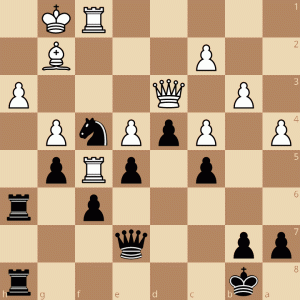
However, sometimes the “bad” Bishop defends important pawns, as the following example shows.
Ivanchuk, Vassily (2720) – Anand, Viswanathan (2690)
Linares m Linares (1), 1992
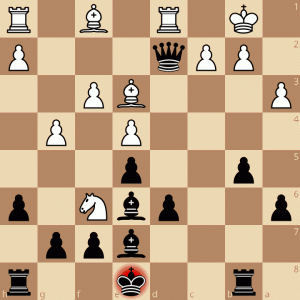
How would you play as black? 17…gxf6! 17…Bxf6 It’s also totally possible, since after 18.Rxd2 Ke7 It’s not for Black to have any problems. But the sequence Anand chose is quite instructive.
See how Anand broke his pawns and beat Ivanchuk:
Positional Rule: Double pawns are bad
Doubled pawns are considered positional disadvantages, as they weaken many squares and lose mobility, as the example below shows.
Smyslov,Vassily V – Tal,Mihail
URS-ch37 Final Moscow (6), 14.09.1969
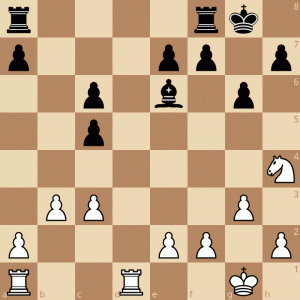
Here the doubled queenside pawns are very weak and hardly offer anything in return. White manages to exploit this after 15.Nf3 f6 16.Nd2 Rfd8 17.Ne4 c4 18.Nc5 Exploiting the c5-square, and White won a good endgame.
In addition to this example, the Bernstein-Alekhine game also shows how double pawns can be a problem.
Botvinnik, Mikhail – Chekhover, Vitaly A
URS-ch11 Leningrad semifinal (4), 23.05.1938

Here we have a typical scenario. As much as doubled pawns are weaknesses, it’s no use if they can’t be attacked. The c4-pawn is extremely important for White, as it controls the d5 square and will help in the fight for the only open file. 17.Rad1 Rad8 18.Rd5! Using the strength of the doubled pawn here, White manages to take the d-file.
See below how Botvinnik used his own doubled pawns to his advantage:
Positional Rule: The knight in the corner is always misplaced
Botvinnik, Mikhail-Sorokin, Nikolay Tikhovich
URS-ch07 Final Moscow (2), 25.10.1931
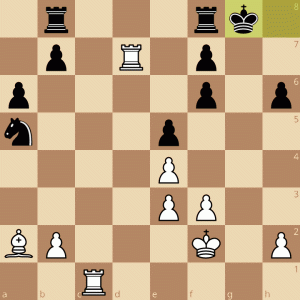
29.Rcc7 Knight can’t get back into the game because of pawns on f7 and b7. 29…Rbc8 30.Rxf7 Rxc7 31.Rxc7+ Kh8 32.Bd5 The rest of this endgame is based completely on Knight domination.“A knight on the rim is dim”, as a wise man would say, and Black has no counterplay.
Sorokin’s Knight never returned to the game:
But it doesn’t always have to be like this! The next example will make you look more closely at the squares in the corner of the board.
Bernstein, Jacob – Alekhine, Alexander
Pasadena Pasadena, 1932
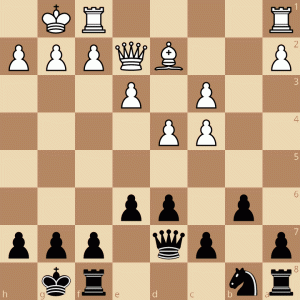
Evaluating the position: We have a Bishop versus Knight imbalance, and White has an inferior structure due to the doubled pawns. But how can Black exploit this? Incredibly, the best square for Black’s knight is a5, where he is relatively safe and attacks the c4-pawn. Let’s see how Alekhine continued here. 13.d5 Directly avoiding …Nc6–…Na5, but Black won’t give up. 13…Na6 14.e4 Nc5 15.f3 Rfe8 16.Be3 Trying to swap the Bishop for the Knight, but after 16…Nb7 The black knight dream is just over there.
After Alekhine’s Knight arrived at a5, the game became very easy:
Positional Rule: The king needs to be safe
As we know, if we take a checkmate, we lose the game. Of course, we try to make our king the safest possible to avoid scenarios like this can happen:
Max Euwe – Salomon Flohr (Variation)
Amsterdam/Hilversum Amsterdam NED (5), 14.05.1939
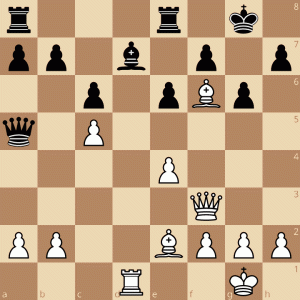
Look at the black king: With the g-pawn advanced, he ended up weakening the f6 and h6 squares around castling, and without the black-squared Bishop to defend those squares, the monarch ended up being completely defenseless against the threats of Qf4-Qh6.
However, In the endings, the king can become an active fighting piece. But what about the opening and middlegame, would that be possible? Let’s see what the First World Champion has to say: “The king is a fighting piece”. He even created a gambit in the Vienna Opening based entirely on this concept! Look at this:
1.e4 e5 2.Nc3 Nc6 3.f4 exf4 4.d4!?
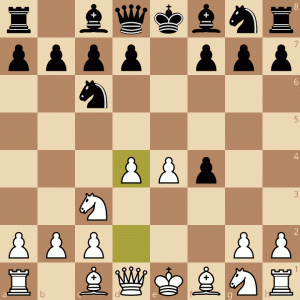
To answer the flashier move 4…Qh4+ with 5.Ke2!?
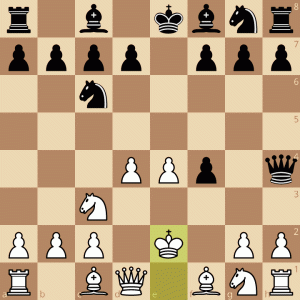
The king can defend himself! White’s idea is that control of the center will compensate for the white king being temporarily exposed. For example, in the Steinitz – Paulsen Baden-Baden 1870, the king went even further!

The King on e3 is curiously safe, and Black has not been able to create any kind of attack in the center.
The king went, help defend the center, and went back to a safe square, while Black’s king castled who took attack:
Conclusion
So, in summary, what we can highlight is:
- It’s good to learn the positional concepts, but to play to the next level, many times we must break the concepts (remember, most of the time it’s better to follow the concept, but you can consider going another way);
- Pieces need to have functions: Look at the bad Bishop and Knight in the corner examples – they are well placed to have an important function;
- The king needs to be safe, but he can also help in the fight!
Now that you’ve improved your positional game, now is the time for you to improve your tactical game: Read this article now!